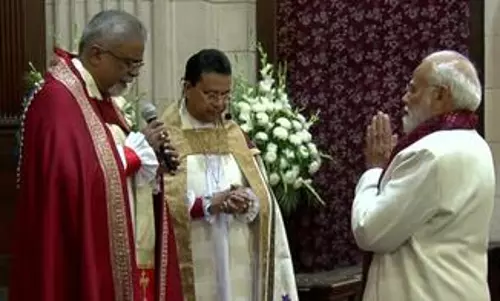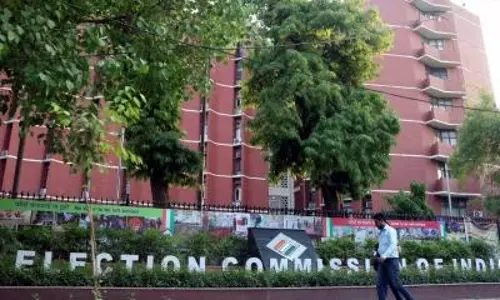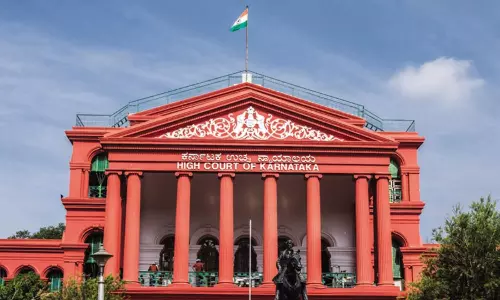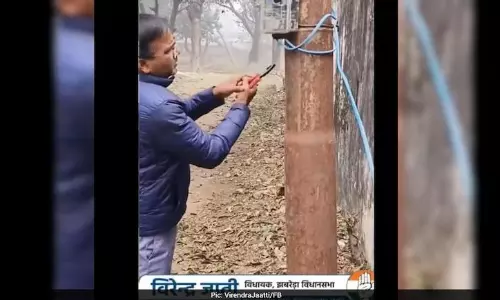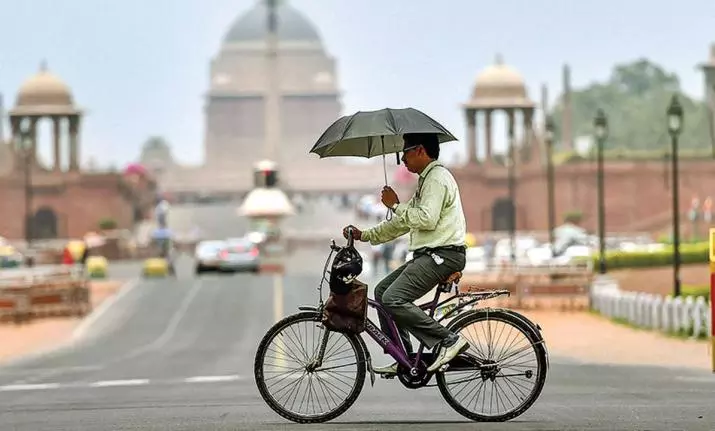
Early heatwaves in the summer made ozone pollution worse in Delhi: experts
text_fieldsThe early heatwaves in the summer season have caused widespread ozone exceedance and made air pollution in Delhi worse, found a study by the Centre for Science and Environment (CSE). It was one of the hottest summers in known history.
The analysis used data from 58 official stations. Exceedances at each station were tracked. Breach of standard recorded in even one station is considered to be an exceedance in the city. Days with multiple stations exceeding the standard indicate the severity of the spatial spread and the number of people exposed.
Dr K S Shooting Range in south Delhi is the most chronically affected area. Jawaharlal Nehru Stadium (JLN) Stadium, RK Puram and Nehru Nagar followed close behind. Greater Noida is the major hotspot outside Delhi. Faridabad had the least instances of ground-level ozone exceedances in the region.
Ground-level ozone does not have a direct source but is produced by complex, cyclic interactions between NOx and volatile organic compounds (VOCs) that are emitted from vehicles, power plants, factories, and other combustion sources in the presence of sunlight.
People with respiratory conditions, asthma, and chronic obstructive pulmonary disease are at risk when excess ozone is present as it can damage and inflame airways. It also makes the lungs of children and elders susceptible to infection.
The spatial spread of ground-level ozone started in March due to the early onslaught of heatwaves. April recorded the worst of it.
The build-up of ground-level ozone can happen anytime during the year but it is usually in small pockets. Hot and sunny weather facilitates a wider spatial spread. May is usually the most vulnerable time but this year, the frequency and spread of ozone exceedance started early.
The report said the Ground-level ozone usually exceeds the safety standard on all days of summer at some locations in Delhi-NCR every year. But the number of stations exceeding the standard across the city has been much higher this year. The ground-level ozone concentration exceeded the standard at this location for 85 days this March-May.
16 stations exceeded the standard daily in March and April 2022. This is a 33% increase from March and April 2021. The year before, the lockdowns had reduced the precursor gases needed for the formation of ground-level ozone. Hence, the number was down to 10 stations daily.




